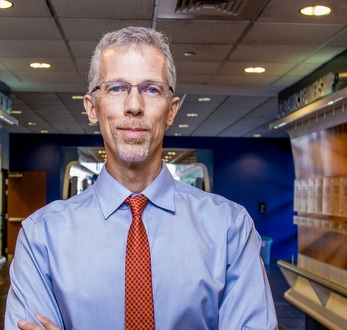Reporting on Vocational Rehabilitation
by Paul Shattuck
Posted on
May 3, 2016
Having a job is about more than simply earning a paycheck. It is an anchor for one’s identity and influences quality of life, independence, and wellness. Securing a job after high school is an important rite of passage. The importance of this milestone is reflected in how much emphasis special education law places on employment during transition planning.
In addition to special education, the U.S. Vocational Rehabilitation (VR) system provides services to assist people with disabilities to prepare for, find, and keep employment.
Our 2015 National Autism Indicators Report established baseline information about the outcomes of transition-age youth with autism between high school and the early 20s across many areas of life. Continuing our tradition of reporting national-level indicators, our 2016 report focuses exclusively on the use of VR services to support employment while also broadening the age range of adults we describe.
Historically, employment outcomes for adults with autism are poor, and the return on public investment in services like special education and vocational rehabilitation is difficult to measure. Despite billions spent annually, we still don’t have a strong evidence-base about how to improve outcomes.
VR data allows us to examine some outcomes for those with autism compared to their peers. For example, this data allows us to answer the question: “Do people with autism exit VR with a job?” However, there are many key questions we are NOT able to answer using the available data. Fundamentally, we need to know: How well do VR services work for those on the spectrum? Are people fully employed or under-employed? Are the jobs sustainable and stable?
At the Life Course Outcomes Research Program, we are building a base of knowledge about what promotes positive outcomes for people on the autism spectrum and their families and communities. New federal policy is attempting to improve outcomes for those with autism and other developmental disabilities, but we need to ensure these indicators are monitored, periodically updated, and used to inform improvement. Our 2016 report takes a critical first step in this direction.
 Paul Shattuck, PhD, director of the Life Course Outcomes Research Program, studies experiences and services promoting positive life outcomes for people on the autism spectrum, their families and communities.
Paul Shattuck, PhD, director of the Life Course Outcomes Research Program, studies experiences and services promoting positive life outcomes for people on the autism spectrum, their families and communities.